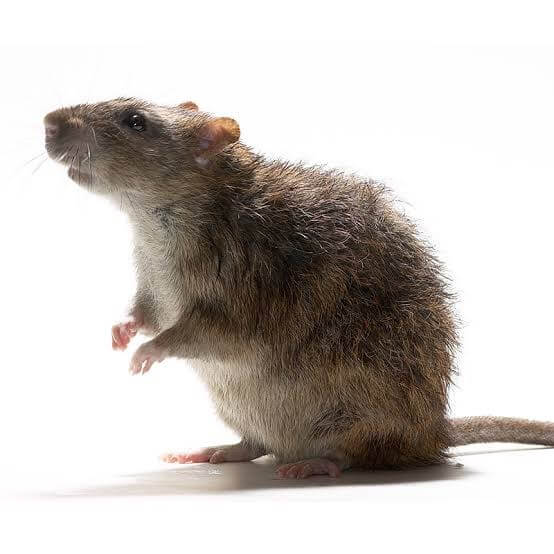RAT IN HOUSE - WHAT TO DO
HOW TO REMOVE RATS FROM A HOUSE: The key is to thoroughly inspect your entire house and locate all entry points, indoors and outdoors. Use non-chewable steel to seal these areas and prevent future rodent infestations. Repairs are vital in the process of removing mice and rats. Sealing the entry holes is crucial to prevent any future rodents from entering your home. It is important to find and seal all entry holes before attempting to trap the rodents inside. Only after sealing the holes is it effective to trap and remove the rats and mice in your house.
Finding and sealing 100% of the entry holes is essential for a complete job.
After that, trap and remove rats. The most effective method is to use standard wooden snap traps placed on the rat runways, which can be identified by droppings. Once all the entry holes are sealed, trapping the rodents becomes easier.
If the problem persists for over a week, it means that some entry holes were missed. Inspect the house again, ensuring the use of steel repairs. Repairs are crucial for removing rats and mice as they have multiple entry holes. Seal all entry holes before trapping and removing the rodents inside.

Common Diseases These Animals Can Spread
Not only do rats carry diseases and have tics that carry diseases, but they can also do an enormous amount of damage to your home. Rats are champion chewers and can gnaw their way into your house if they can’t find a hole big enough to squeeze through. Some of the damage caused by rats is holes in your drywall, holes in your pantry or in your food containers and electrical and plumbing issues. Rats will bring in very flammable materials such as twigs, cloth, hair, and leaves which can start a house fire if any sparks were to fall on the nest. Rats will contaminate your food and your living areas with their urine and droppings. If you are having issues with rats, try some of these do-it-yourself tips to deal with the situation immediately.
